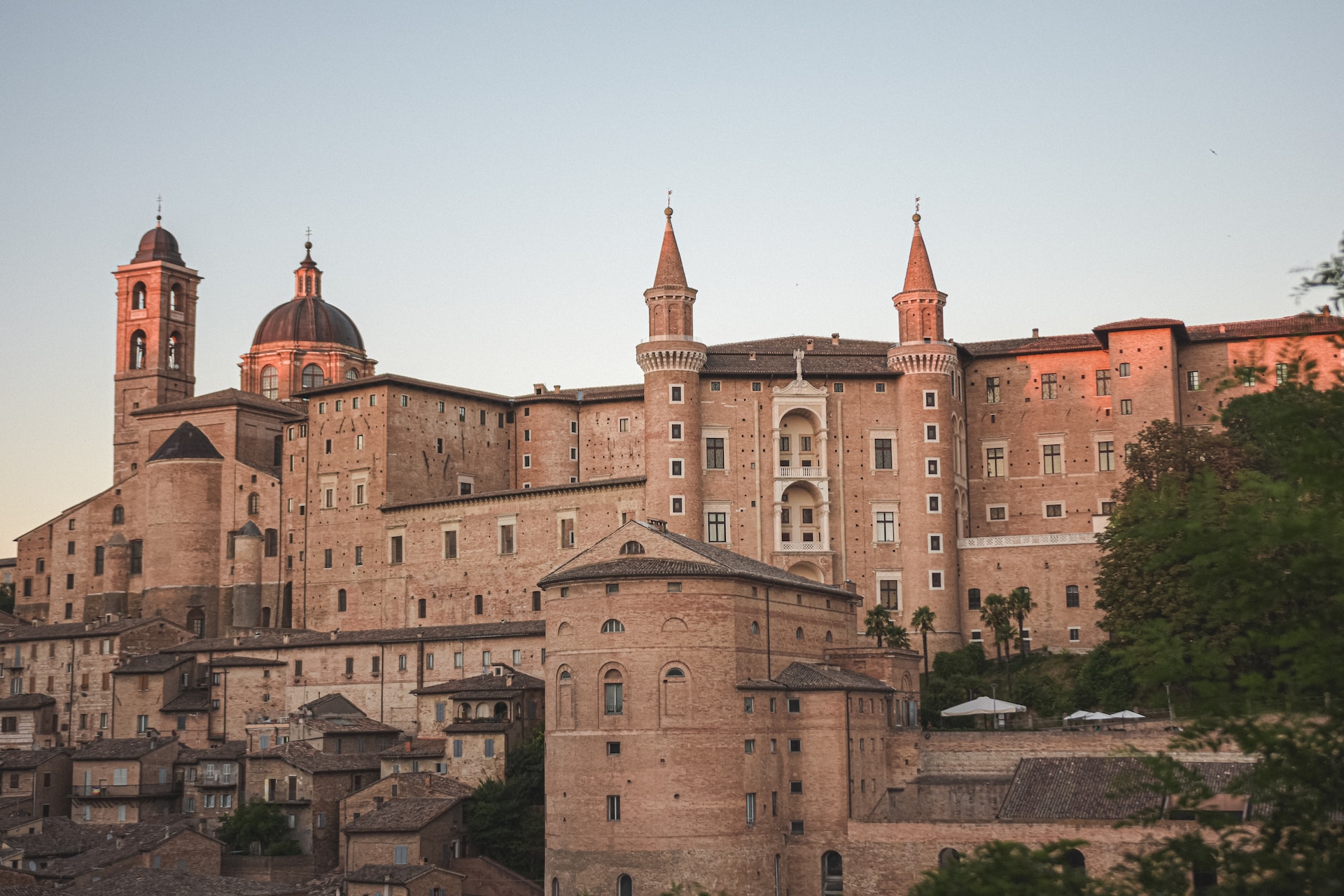
Unveiling the History of Palazzo Ducale
Palazzo Ducale, situated in Urbino, Italy, is a remarkable architectural marvel that dates back to the Renaissance era. Built in the 15th century, this imposing structure served as the palace of the Montefeltro family, known for their patronage of the arts and intellectual pursuits. The palace exudes grandeur, offering a captivating glimpse into the opulence and cultural sophistication of the Italian Renaissance.
Architectural Splendor: A Closer Look
The Palazzo Ducale boasts an intricate blend of architectural styles, featuring a harmonious fusion of Gothic and Renaissance elements. Its imposing facade, adorned with ornate decorations and elegant arcades, reflects the aesthetic ideals of the period. The interior of the palace is equally captivating, with exquisitely decorated chambers, majestic courtyards, and sweeping staircases that testify to the skill and artistry of the craftsmen involved in its construction.
The Cultural Legacy of Palazzo Ducale
Beyond its architectural significance, Palazzo Ducale stands as a testament to the cultural and intellectual pursuits that thrived within its walls. The palace served as a vibrant hub of artistic and scholarly activities, attracting renowned figures such as Raphael and Piero della Francesca. The magnificent collection of art and artifacts housed within the palace further attests to its role as a center of cultural enlightenment during the Renaissance.
A Journey Through Time: Visiting Palazzo Ducale
Today, Palazzo Ducale welcomes visitors from around the world, offering a captivating journey through the annals of history. Exploring its hallowed halls and opulent chambers, visitors are transported to an era of artistic flourishing and intellectual fervor. The palace’s meticulously curated exhibitions and guided tours provide an immersive experience, allowing guests to delve into the rich tapestry of its historical legacy.
Embracing Renaissance Splendor: Conclusion
Palazzo Ducale stands as an enduring testament to the timeless allure of the Renaissance, captivating visitors with its architectural splendor and cultural significance. A visit to this majestic edifice promises an enriching experience, allowing one to bask in the legacy of a bygone era while marveling at the enduring beauty of one of Italy’s most treasured landmarks.





